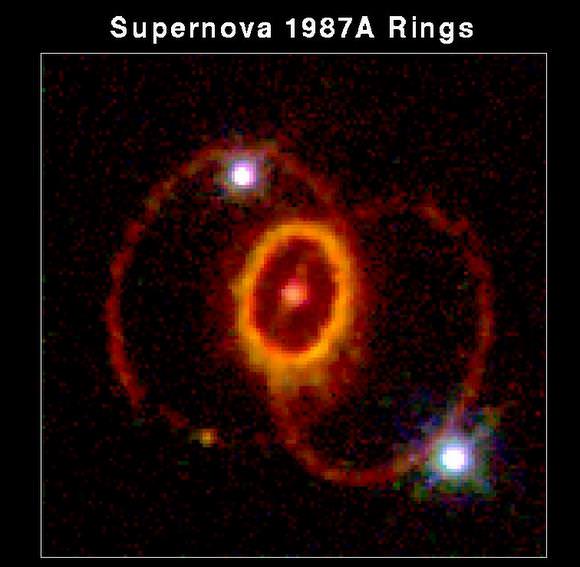[/caption]
An ambitious new project using the Hubble Space Telescope will allow astronomers to peer deep into the universe in five directions to document the early history of star formation and galaxy evolution. Using an unprecedented amount of time of the famed space telescope, the Hubble Multi-Cycle Treasury Program will image more than 250,000 distant galaxies to provide the first comprehensive view of the structure and assembly of galaxies over the first third of cosmic time. “This is an effort to make the best use of Hubble while it is at the apex of its capabilities, providing major legacy data sets for the ages,” said Sandra Faber, project leader from the University of California, Santa Cruz.
Other goals of the project are to look for crucial data on the earliest stages in the formation of supermassive black holes and find distant supernovae important for understanding dark energy and the accelerating expansion of the universe.
The effort relies on Hubble’s powerful new infrared camera, the Wide Field Camera 3 (WFC3), as well as the telescope’s Advanced Camera for Surveys (ACS). The proposal, which brings together a large international team of collaborators, was awarded a record 902 orbits of observing time as one of three large-scale projects chosen for the Hubble Multi-Cycle Treasury Program. The observing time, totaling about three and a half months, will be spread out over the next two to three years.
Hubble allows astronomers to see back in time as it gathers light that has traveled for billions of years across the universe. The new survey is designed to observe galaxies at distances that correspond to “look-back times” from nearly 13 billion years ago (about 600,000 years after the Big Bang) up to about 9 billion years ago. Astronomers express these distances in terms of redshift (“z”), a measure of how the expansion of the universe shifts the light from an object to longer wavelengths. The redshift increases with distance, and this study will look at objects at distances from about z=1.5 to z=8.
“We want to look very deep, very far back in time, and see what galaxies and black holes were doing back then,” Faber said. “It’s important to observe in different regions, because the universe is very clumpy, and to have a large enough sample to count things, so we can see how many of one kind of object versus another kind there were at different times.”
Faber and her fellow astronomers expect the first data from their observations to be available by the end of the year. Data from this project will be made available to the entire astronomy community with no proprietary period for Faber’s team to conduct their own analysis. The likely result will be a race among teams of scientists to publish the first results from this new treasure trove of data. But Faber said the project will yield such rich data it will keep astronomers busy for years to come.
“We’re very excited, not only about the 900 orbits, but also about what this new camera can do. It’s just amazing what it sees,” Faber said. “This project is the biggest event in my career, the culmination of three decades of work using big telescopes to study galaxy evolution.”
Additional information about the project is available on the Cosmology Survey Multi-Cycle Treasury Program web site at http://csmct.ucolick.org/.


Sweeeeeeeet. You just KNOW that amazing discoveries will be made with this program…
NASA would make amazing discoveries if it was funded as was promised by Obama during the campaign .Promises easily broken.
You made the mistake of believing a campaign promise? Amateur’s mistake…
Rest easy in the knowledge that McCain would have only continued Bush’s monstrosity of a ‘plan’ and not have given it any where near the funding required, just like Bush intended from the outset.
And unfortunately, the economic reality on the ground in much of the world is such that funding for pretty much everything will get wound back. It is only prudent, particularly for the US considering the US national debt. Unfortunate, but prudent. Money could of course be found, but that would require ‘not staying the course’, as Bush would have said, on the multiple wars he started.